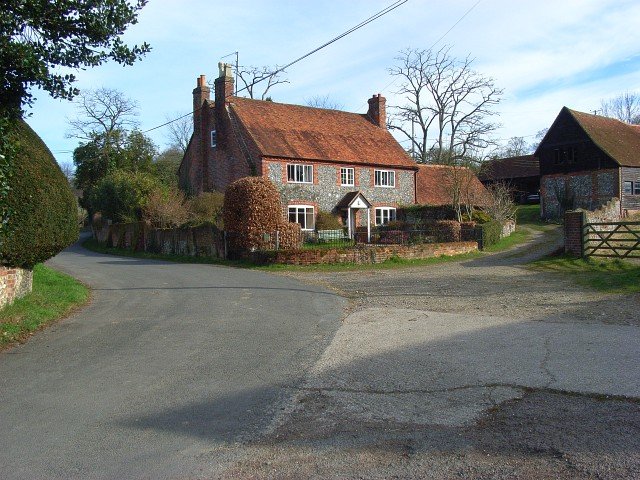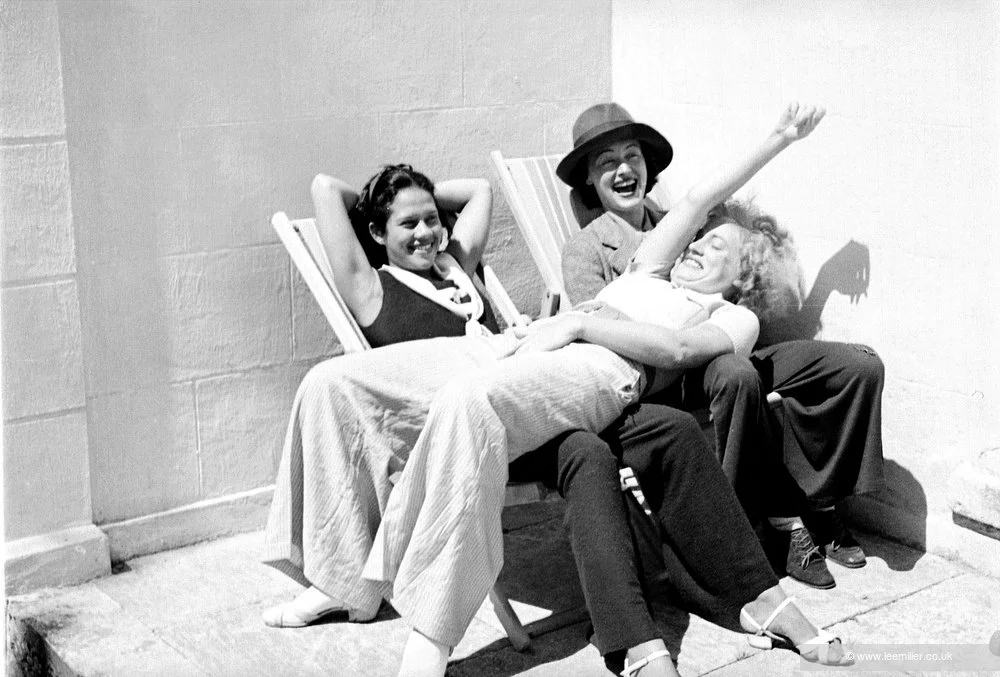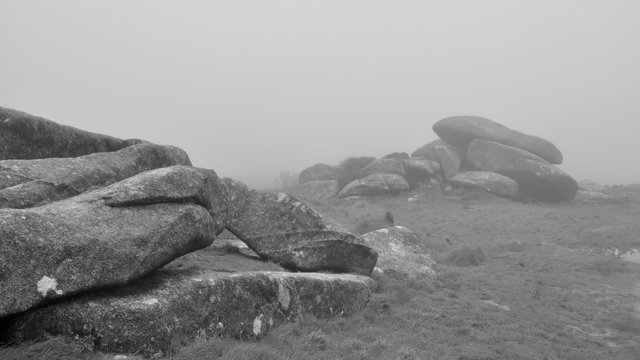Pizza and Fogou

The first passage of Halliggye Fogur (Photo courtesy of English Heritage)
A few weeks ago we had pizza, coffee and cake at the lovely New Yard pantry, situated in Trelowarren Estate near Helston. If the set-menu for dinner was an eye-watering £75, the lunch menu was a little more bearable – the pizza was a tenner, and delicious (mine consisted of black fig, mozzarella, oregano, prosciutto, fresh ricotta and local honey).
This felt like what eating out in Cornwall should be – not Subway and McDonald’s or overpriced, crappy pubs serving burgers, but refined, relaxed, sophisticated dining in a beautiful rural setting. Everything was nice, everything spoke quality,
(In stark contrast to a recent lunch in the town of Minions on Bodmin Moor which was one of the most depressing eating experiences of my life. It was raining, we were starving and there was nowhere else open. It looked terrible from the outside, and was worse inside. It felt like we’d entered a bad 1970s sitcom/horror film mash-up. The table and chairs were white and plastic of the picnic variety; the tablecloths red formica. Net curtains covered the windows for no apparent reason. The elderly, sexist proprietor cracked the same terrible, deadpan jokes to every customer. Everything on the boring menu was over-priced. They were out of soup. I thought I couldn’t go wrong with a pasty and coffee. The coffee was from a sachet and bits of powder got caught in my mouth as I drank. I couldn’t finish it. I looked across at what people had ordered at other tables. The cream teas looked popular. But everything was pre-packaged in plastic. I don’t think anything was cooked on the premises.)
Meanwhile, in the New Yard, we finished our meals and went for a walk around the estate. We didn’t just come for pizza. There was a fogou to find. Specifically, the Halliggye Fogue, which means ‘the underground passage in the place of the willow trees’.
We followed the Halliggye Walk down lanes and over fields, until coming to the Fogou, which comes from the Cornish for cave. Unfortunately, the passage was closed for the winter, as rare Greater Horseshoe bats hibernate there. Still, we were able to go beneath two banks through a narrow slit and down some steps underground to the main gate and stare into the darkness. Helen had visited many years before and said she had never seen darkness so black.
Built over two thousand years ago, there is still some mystery as to what the fogou’s original purpose was. Hideaways, shelter, storage and ritual are all possibilities but no one knows for sure. Either way, they were obviously of some importance, as they were built in the centre of settlements, or the fogou was pre-exisitng and the settlement built around it.
Also unknown is why they are unique to the western part of Cornwall. Though the Halliggye Fogue is the largest and best preserved example, there are over a dozen remaining, including a smaller one at the Iron Age village Carn Euny in Sancreed.

Jason and Sangita performing in the Carn Euny fogou in 2017





























